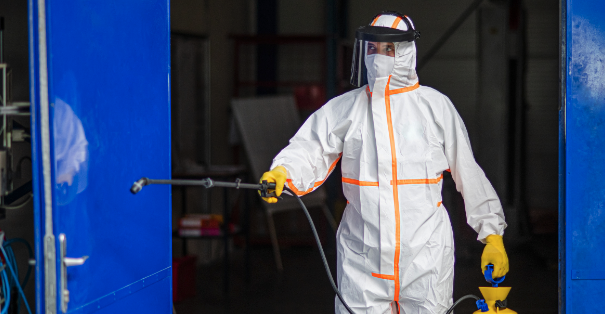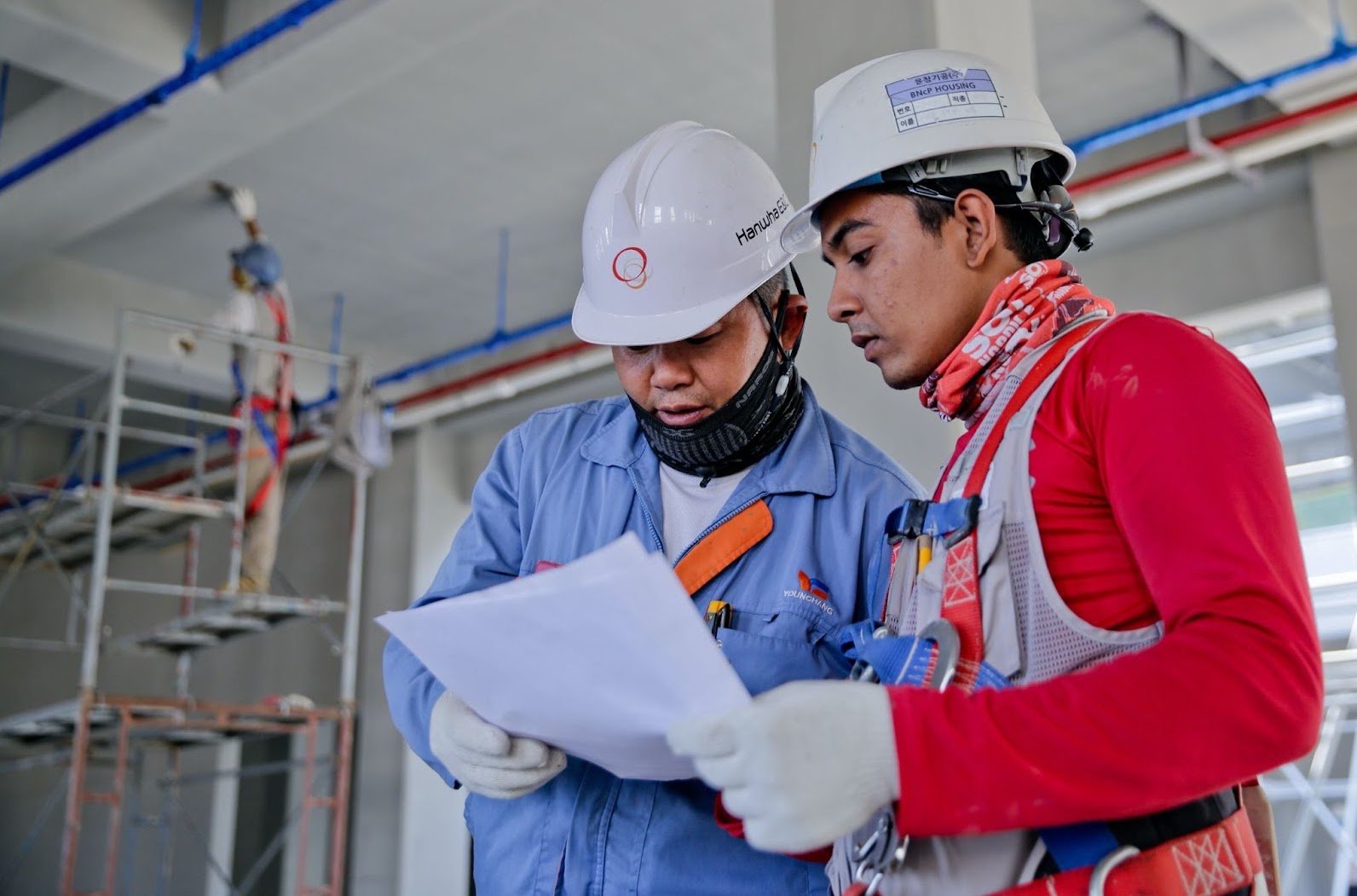SafeDE News
Smarter workplaces are safer workplaces. SafeDE is your resource for OSHA news, regulation changes, recalls, and everything to keep your business safe.
Mastering First Aid: Steps for Effective Injury Assessment
When it comes to first aid, a few seconds can make a world of difference. The way you respond to a possible injury can significantly impact the outcomes that follow. Effective injury assessment is key to keeping yourself and your colleagues safe on the job. Below, we unpack what you can do to assess the situation and offer an effective first-aid response confidently and quickly.
Importance of Assessing the Situation for Effective First Aid Response
First things first: it’s always essential to know what you’re walking into before you intervene in the case of an injury. Before rushing to help, step back and ensure the environment is safe.
You won’t be of much help if you become injured yourself. Simple yet unchecked hazards like wires or toxic fumes can easily worsen injuries or create new ones.
Not only does assessing the situation help keep you safe, but it also helps you react appropriately. If multiple people are injured, an assessment helps determine who needs immediate attention – and who might not. You’ll also be better equipped to apply the correct first-aid measures if you know what to expect.
But the importance of this step even goes beyond your role in helping an injured person. Gathering all the information you can about an incident before you help out will make it easier to notify first responders about what’s going on. From there, they can deliver more prompt and effective care that can save lives.
Steps for Effective Injury Assessment: First Aid Basics
You’ve just spotted someone with an injury or witnessed an incident that may have caused one. What do you do next? Follow these essential first-aid steps to help as much as possible.
1. Secure the Area
Before you even enter the area, do your best to secure it. What that looks like will vary depending on the circumstances.
You might, for instance, want to turn off any nearby machinery or equipment. It also helps to put up some safety barriers or warning signs to clue others into what’s going on.
Take care to eliminate any potential new risks before you insert yourself into the situation.
2. Assess the Situation
Now, it’s time to collect information. First, try to determine how many people are injured.
As you assess the area, look out for any immediate or life-threatening conditions, like unconsciousness. Get a feel for what might have happened and what steps you need to take as you move forward.
3. Use Your ABCs: Conduct a Primary Survey
Once you’ve determined it’s safe to help out and have some idea of the situation, conduct a primary survey on the person(s) needing immediate attention.
Utilize the ABC approach, which is proven to help save lives, to get a quick sense of a person’s well-being:
- Airway: Is the person’s airway open? Is it clear or obstructed?
- Breathing: Is the person breathing? If not, start CPR immediately.
- Circulation: Does the person have a pulse? Do they show signs of severe bleeding (such as paleness, weakness, etc.)
4. Conduct a Secondary Survey
If you’ve made it past a primary survey without any major concerns, you can do another round of assessment using the SAMPLE method:
- Symptoms – What and how does the person feel?
- Allergies – Does the person have any major allergies to be aware of? If they can’t communicate, do they have any documentation (such as a medical bracelet or necklace) indicating their allergies?
- Medications – What medications, if any, does the person take? Do any relate to the injury?
- Past medical history – Does the person have a history of other injuries or health conditions?
- Last meal – What is the last thing the person ate before the injury? How long has it been since they’ve eaten?
- Events leading up to the injury – What does the person recall happening in the time leading to the incident?
This is also a great time to conduct a head-to-toe exam to look for any subtle signs of an injury. In the case of a head, neck, or back injury – or if you’re suspicious one may have occurred – try to limit the injured person’s movements.
With your bases established and an understanding of what you need to do to respond to the situation, you’re ready to move on to more actionable steps.
5. Seek the Help of Medical Professionals
If the injury is severe or if you’re not sure how bad it is, call for professional medical help. Ensure that someone stays with the injured person while waiting for help to arrive.
However, medical attention might only sometimes be necessary. Simpler and milder injuries may be treatable in the workplace using first aid resources. Conduct appropriate first aid measures based on your workplace’s policies.
6. Document the Incident
With the incident fresh in your mind, take some time to record all the details you can about what happened. Note the type of injury, observations you noticed, witnesses present, and first aid you provided. Your workplace likely has injury report forms or other documentation you’ll need to fill out.
7. Report the Incident
Ensure the right people know about the incident so that preventative and support measures are implemented. Inform your supervisors or any other relevant personnel about what happened. Record the accident in your workplace’s log or database.
What to Do Moving Forward
Once you’ve effectively assessed an injury and taken steps to treat it, your work is mostly – but not entirely – finished. Don’t forget to take time to reflect on and review the situation.
Look at the circumstances that led to the injury and use your observations to prevent similar problems down the road. What changes might your workplace need to make to avoid these injuries in the future?
Encourage everyone at the workplace to participate in regular first aid training and ensure safety is always a priority.
Frequently Asked Questions (FAQs)
What is the first step in assessing an injured victim?
The first step to assessing a potentially injured person is to secure the scene. Ensure the area is safe to enter, then check the person’s responsiveness. You can do this by calling out to them or gently shaking or tapping them.
How do you stabilize a victim with a suspected spinal injury?
If you suspect a spinal injury may have occurred, do your best to keep the victim still. You can use your hands to stabilize their head and keep them from moving. Wait with the victim until professional medical care arrives.
How long should you check a victim to see if they are breathing normally?
Wait at least five to 10 seconds when checking a person’s breathing to determine whether it’s irregular. Use chest rise and fall to help measure breath size and timing.
Can you move a victim with a back or neck injury?
You can move a victim with a back or neck injury, but it’s best to only do so if they are in immediate danger. Otherwise, it’s best to keep them still and wait for help to arrive.
What should you do if a victim is breathing normally but not responding?
First, place the victim in the recovery position: put their nearest arm at a right angle, then place the back of their other hand next to the cheek closest to you. Bend the farthest knee and grasp the far leg to roll the victim onto their side. Their airway should be open.
Keep the airway clear and keep a close eye on their breathing while you wait for emergency medical services to arrive.
Get SafeDE News
Workplace safety for all businesses.
SafeDE provides FREE comprehensive onsite surveys for small and medium sized private sector establishments to identify potential workplace hazards, improve safety and health management systems, and assist in voluntary compliance with federal OSHA regulations.
Related News
-1.png)
Crane Hand Signals: Guide to OSHA-Compliant Safety
-1.png)
Tips for Selecting the Right Hard Hat for Electrical Work

The 5 Rules of Effective Incident Reporting

Essential PPE for Staying Safe and Comfortable in Hot Work Environments
-1.png)
Preventing Ergonomic Injuries: Tips and Strategies
-1.png)
Recognizing Warning Signs of Heat Illness at Work
.png)
How Forklift Stability & Center of Gravity Connected?


-1.png)
.png)

